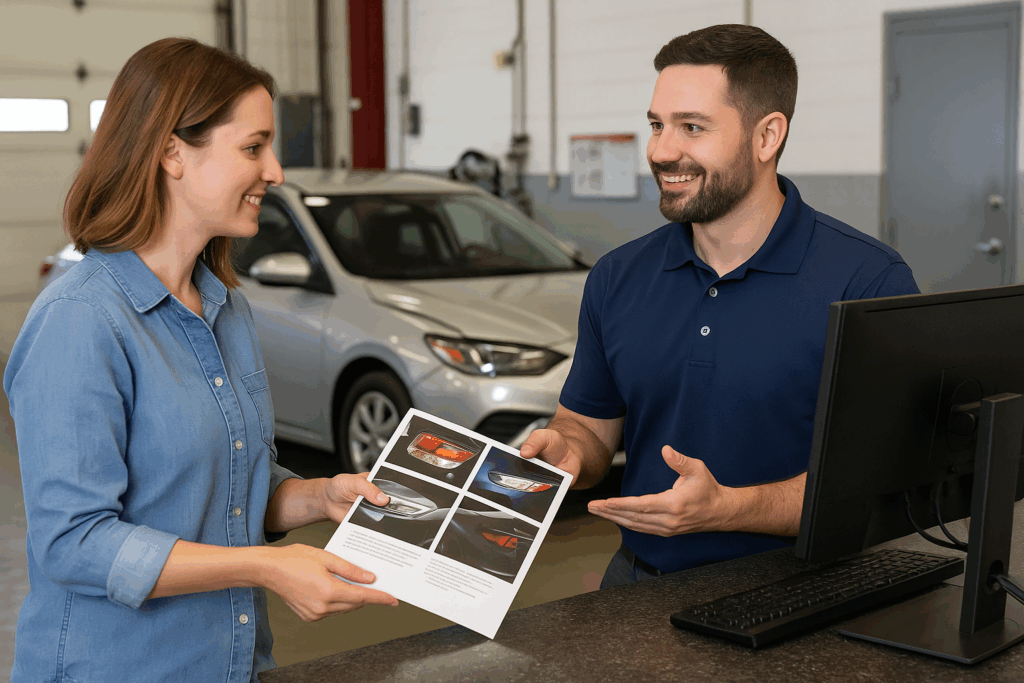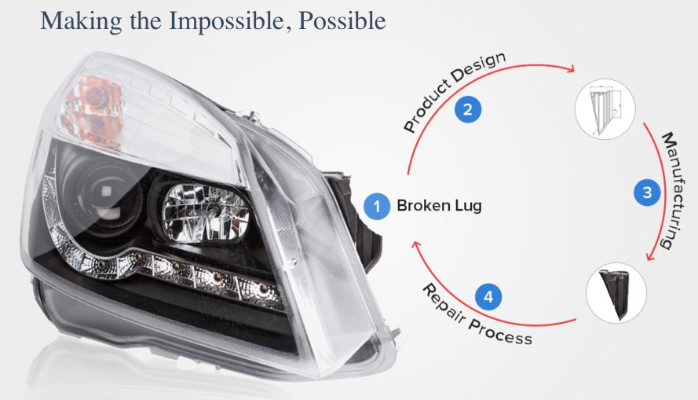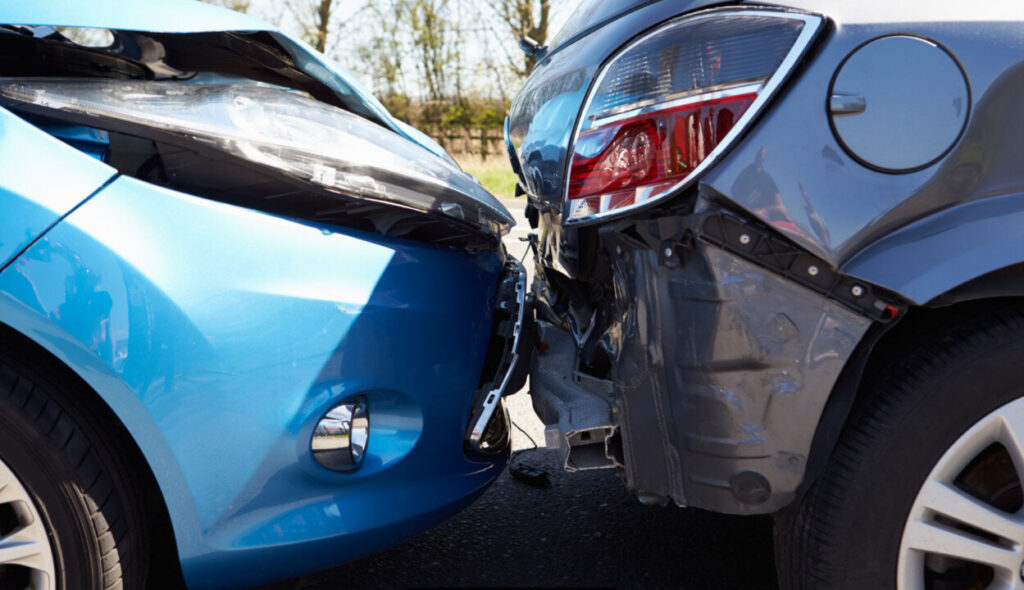In the collision repair industry, profitability has long been measured by throughput, efficiency, and key performance indicators like cycle time and severity. However, as the market evolves, a new and often underestimated driver of business growth has emerged — the front counter.
No longer just a receptionist or administrative role, today’s front counter staff are becoming a vital part of the repair process and, more importantly, a crucial profit center. Their ability to communicate, consult, and upsell not only improves the financial health of a collision business but also enhances customer satisfaction and vehicle safety. In essence, this touchpoint has become a springboard for long-term customer loyalty and a more comprehensive service experience.
From Order-Taker to Opportunity-Maker
When a customer drops off their vehicle after an accident, they are often navigating stress, confusion, and uncertainty. They are also, perhaps unknowingly, offering an opportunity. This is the moment where a well-trained front counter professional can step in — not just to process paperwork, but to assess and suggest solutions that benefit both the customer and the business.
Whether it’s headlight restoration, texture application, plastic bumper repair, or even cosmetic enhancements, upselling services during the drop-off process can create a meaningful shift in both customer experience and shop revenue. These aren’t hard sells. They’re informed, empathetic recommendations that ensure the vehicle leaves the shop safer, more functional, and in some cases, better than pre-accident condition.
Why Upselling Matters Now More Than Ever
Margins are tighter. Insurers are scrutinizing every line item. Technicians are in short supply. In this environment, finding ways to generate additional revenue without increasing repair cycle time is not only smart — it’s essential. Upselling fits that mold perfectly. It’s low-cost, often high-margin, and can be integrated into the natural workflow of vehicle intake.
Moreover, modern consumers expect convenience. They don’t want to return for minor services that could have been handled during the repair process. A one-stop-shop approach — where all needs are identified and addressed in a single visit — not only creates efficiency but builds trust. When a customer realizes your team has taken care of everything from the insurance repair to a faded headlight or loose bumper tab, they walk away with peace of mind.
Safety First: A Duty of Care
Upselling isn’t only about aesthetics or extra revenue. It can play a crucial role in vehicle safety. Poor visibility due to hazy headlights, unsecured bumper covers, or compromised sensor mounts are all issues that can be identified during the intake process and resolved proactively.
Shops that integrate a secondary vehicle inspection — separate from the primary collision damage — can identify these issues before the car is returned to the customer. Offering to address them is not just good business; it’s a responsible service standard. It prevents future visits, reduces risk, and demonstrates that your shop prioritizes the customer’s safety above all else.
Enhancing the Customer Experience
In an era where customer expectations are shaped by brands like Amazon and Apple, collision repair facilities must rethink how they deliver service. Offering additional enhancements or identifying issues that customers didn’t notice shows attention to detail and a commitment to excellence.
For example, suggesting new weatherstripping, sensor realignment, or trim replacements — even something as simple as a new wiper blade — communicates professionalism. It also positions your business as a solutions provider, not just a repair shop. This creates long-term loyalty and sets your shop apart from competitors.
A Platform for Personalization
The front counter is also an ideal platform to introduce aftermarket enhancements. From upgraded wheels to vehicle wraps, ceramic coatings, or infotainment updates, many customers are open to personalization if it’s presented clearly and timed appropriately.
Offering these services during a vehicle repair visit — when the car is already off the road — allows for seamless scheduling and minimizes disruption. It’s also an excellent way for shops to build a retail revenue stream that’s independent of insurance cycles. As shops continue to seek balance between DRP and non-DRP revenue, this becomes increasingly important.
Training and Culture: The Secret Ingredients
Upselling isn’t a task you can simply assign — it’s a culture you build. Front counter staff must be empowered with training, scripts, and support tools that help them speak confidently about additional services. They need to understand the why behind each recommendation and have the communication skills to explain benefits without overwhelming or confusing the customer.
Shops that invest in this training see the difference. Front-of-house employees begin to view themselves as customer consultants, not clerks. They take pride in providing a more complete repair experience. And perhaps most importantly, they help elevate the reputation of the business as one that truly cares about both the vehicle and the person driving it.
Conclusion: A Redefined Role with Real Impact
The modern front counter staff member is no longer an accessory to the repair process — they are a catalyst for change. When equipped with the right mindset, training, and authority, they have the power to boost revenue, improve vehicle safety, streamline the customer experience, and reinforce a shop’s reputation.
In an industry that is increasingly focused on value, transparency, and long-term customer retention, leveraging the front counter as a hub for opportunity isn’t just a smart move — it’s a necessary evolution.
Collision repair isn’t only about fixing what’s broken anymore. It’s about making the entire experience better, safer, and more valuable for everyone involved. And it all starts with that first conversation at the front desk.


